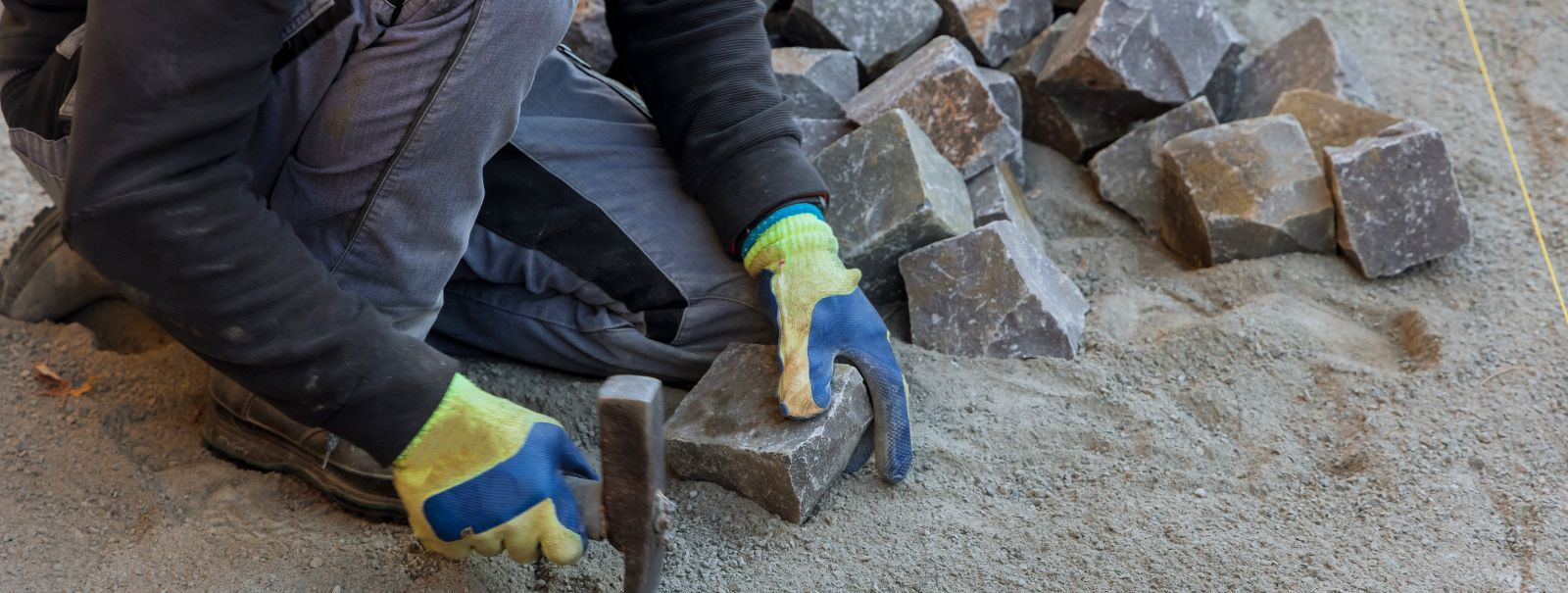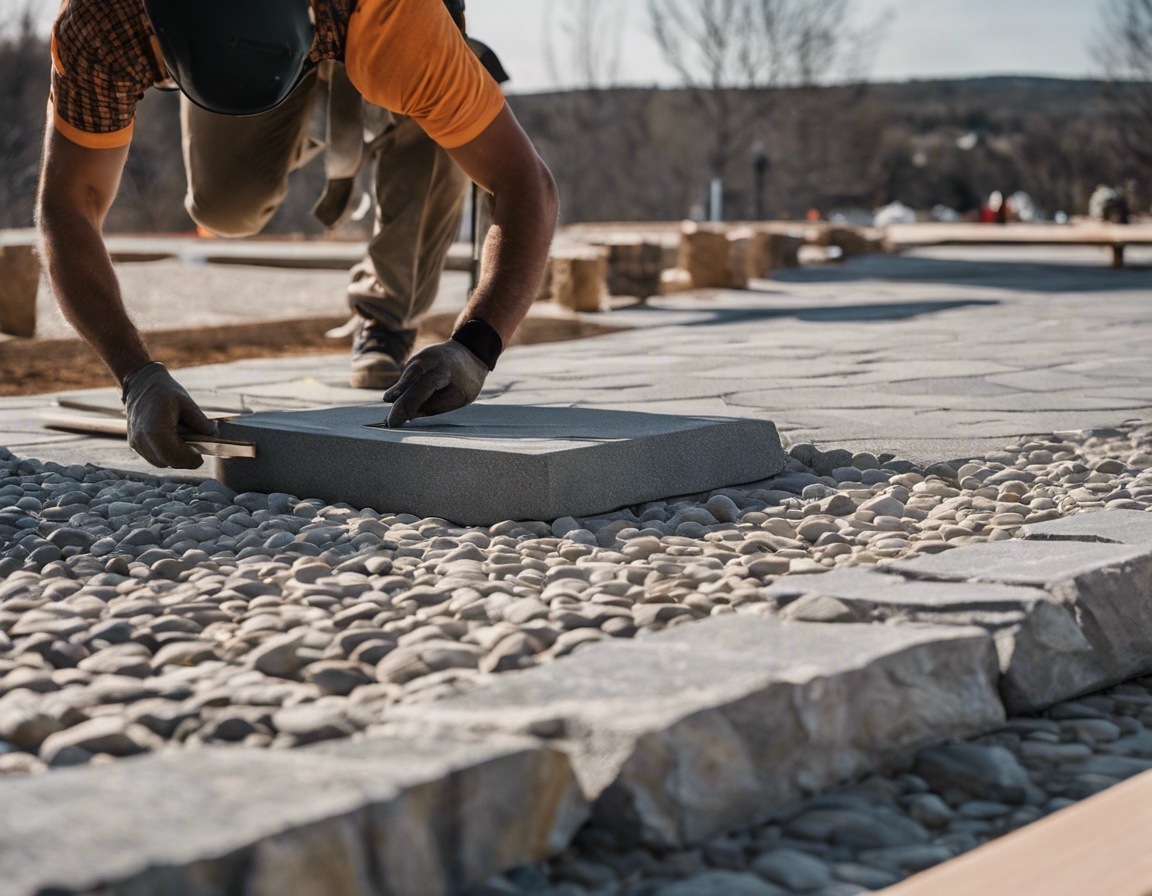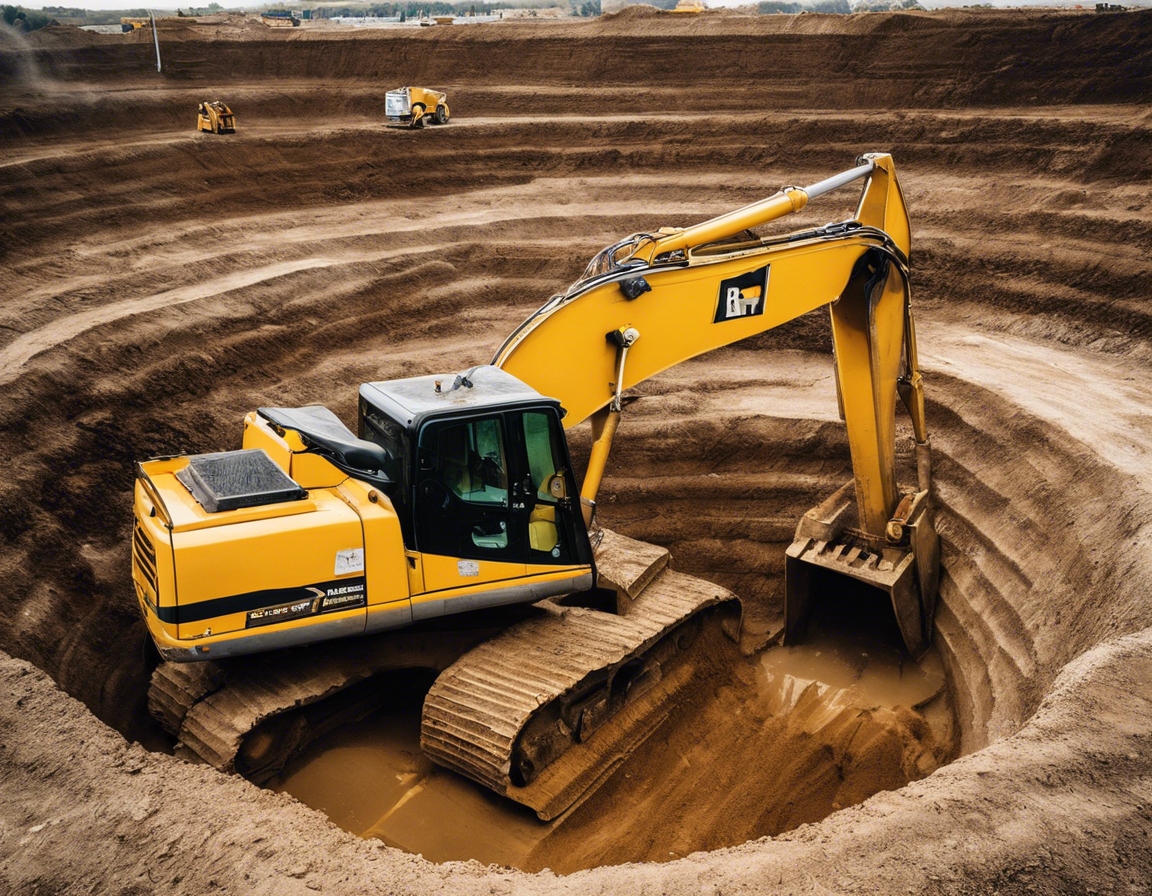The art of street stone: transforming your cityscape
Street stone, the unsung hero of urban landscapes, is more than just a functional material for paving. It is an art form that has the power to transform cityscapes into vibrant, living canvases. The strategic placement and design of street stone can elevate the aesthetic appeal of public spaces, making them more inviting and reflective of a city's character.
Street stone serves a dual purpose in urban design. Aesthetically, it provides texture, color, and pattern to the streets, creating a visual narrative that guides residents and visitors alike through the city. Functionally, it offers durability and safety, ensuring that cityscapes can withstand the test of time and heavy foot traffic.
The Evolution of Street Stone
From ancient cobblestone pathways to contemporary granite promenades, street stone has a rich history. Each era has left its mark, with distinctive styles and techniques that tell the story of a city's development and cultural influences.
Today's street stone art incorporates cutting-edge materials and technology, allowing for greater creativity and resilience. Innovations such as permeable paving and heat-reflective surfaces are revolutionizing how street stone contributes to urban sustainability.
Materials and Techniques
Granite, limestone, basalt, and sandstone are among the most popular materials for street stone due to their durability and natural beauty. Each type of stone offers unique properties and aesthetics, providing endless possibilities for customization.
The installation of street stone is a meticulous process that requires precision and expertise. Factors such as climate, traffic patterns, and urban infrastructure must be considered to ensure the longevity and functionality of the stone work.
Designing with Street Stone
Designing with street stone requires a deep understanding of the urban environment. It involves considering the interplay of natural light, architecture, and pedestrian movement to create harmonious and engaging spaces.
Integrating street stone into city planning is essential for creating cohesive urban landscapes. Collaboration between artists, architects, and city planners is key to ensuring that street stone projects enhance the overall cityscape and serve the community's needs.
Benefits of Street Stone in Urban Landscapes
Street stone can contribute to environmental sustainability through its natural cooling properties and ability to manage stormwater runoff. The use of locally sourced stone also reduces transportation emissions and supports local economies.
Investing in high-quality street stone can lead to long-term economic benefits. Durable and low-maintenance stone surfaces reduce repair costs and boost property values, making them a smart choice for cities and property owners alike.
Street stone enhances the social fabric of cities by creating beautiful and functional public spaces that encourage community interaction and cultural expression. Public art installations and historical preservation projects often incorporate street stone to celebrate a city's heritage.
Challenges and Solutions
While street stone is inherently durable, it is not immune to wear and environmental factors. Solutions such as regular maintenance, the use of sealants, and the selection of appropriate stone types can mitigate these challenges.
Implementing street stone projects often involves navigating complex regulatory frameworks and logistical challenges. Expertise in local regulations and project management is crucial for the successful execution of street stone installations.






Comments (0)